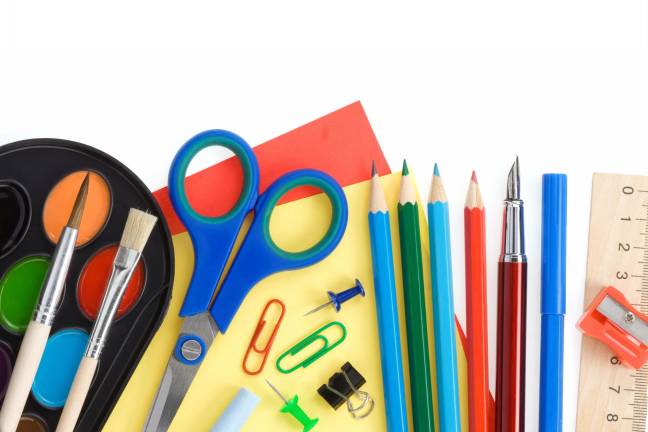Spending on Back to School Supplies

By Charles Kim
Parents spent a total of $27.5 billion on back to school supplies in 2018, the third highest total in the history of the National Retail Federation’s annual back to school shopping survey.
“Consumers are in a strong position given the nation’s growing economy, and we see this reflected in what they say they will spend on back-to-class items this year,” NRF President and CEO Matthew Shay. “We’re expecting record spending and retailers are ready to provide students with all the items they need for a successful school year.”
That total is estimated to decrease this year, due to an overall drop in the K-12 school age population.
In the 2018 survey, parents spent an average of $236.90 worth of clothes, $138.66 on shoes, $187.10 on electronics and $122.13 on more traditional supplies such as pencils and notebooks.
The largest increase expected this year is electronic purchases, while the other categories remain fairly level with the previous year.
10 items first graders at Westbrook Elementary School in West Milford, New Jersey, will need include a three-ring binder, dry erase markers, facial tissues, pencils, a 24-pack of crayons, pencil erasers, pencils, glue sticks. Highlighters and 2-pocket folders.
Meanwhile, Goshen Intermediate School in New York, had a list of 24 items for its fifth grade students with additional items like ear buds, hand sanitizer, baby wipes, composition notebooks, markers, rulers, and art markers.
This is the busiest time of the year for back to school shopping with parents choosing to make purchases about a month to three weeks prior to the start of a new school year, according to the federation.
The federation also noted that students, mainly pre-teens, are spending more of their own money on school supplies than in years past, rising to $38 from $30 last year.
“Members of Generation Z are clearly becoming more involved with back-to-school purchasing decisions rather than leaving the choices up to mom and dad,” Shay said. “Over the years, both teens and pre-teens are spending more of their own money on back-to-school items.”
Members of Generation Z are clearly becoming more involved with back-to-school purchasing decisions rather than leaving the choices up to mom and dad.”